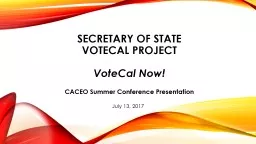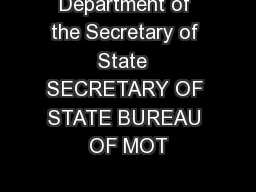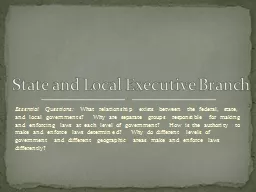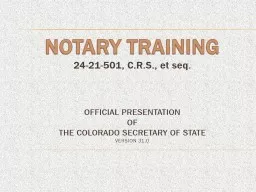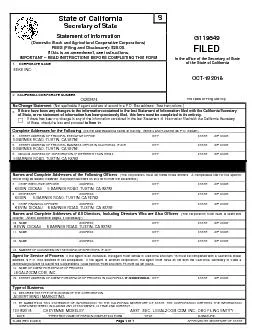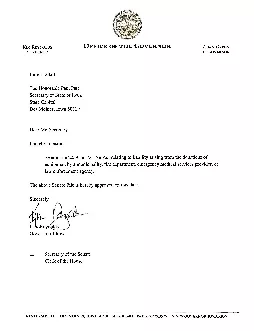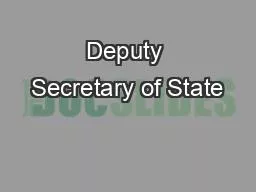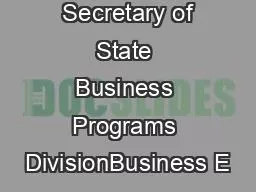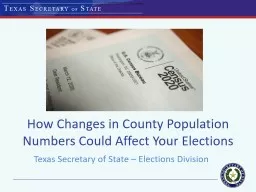PPT-July 13, 2017 SECRETARY OF STATE
Author : karlyn-bohler | Published Date : 2018-11-06
VOTECAL PROJECT VoteCal Now CACEO Summer Conference Presentation Agenda VoteCal Now VoteCal Now What Questions and Answers John Gardner Solano County Assistant Registrar
Presentation Embed Code
Download Presentation
Download Presentation The PPT/PDF document "July 13, 2017 SECRETARY OF STATE" is the property of its rightful owner. Permission is granted to download and print the materials on this website for personal, non-commercial use only, and to display it on your personal computer provided you do not modify the materials and that you retain all copyright notices contained in the materials. By downloading content from our website, you accept the terms of this agreement.
July 13, 2017 SECRETARY OF STATE: Transcript
Download Rules Of Document
"July 13, 2017 SECRETARY OF STATE"The content belongs to its owner. You may download and print it for personal use, without modification, and keep all copyright notices. By downloading, you agree to these terms.
Related Documents

